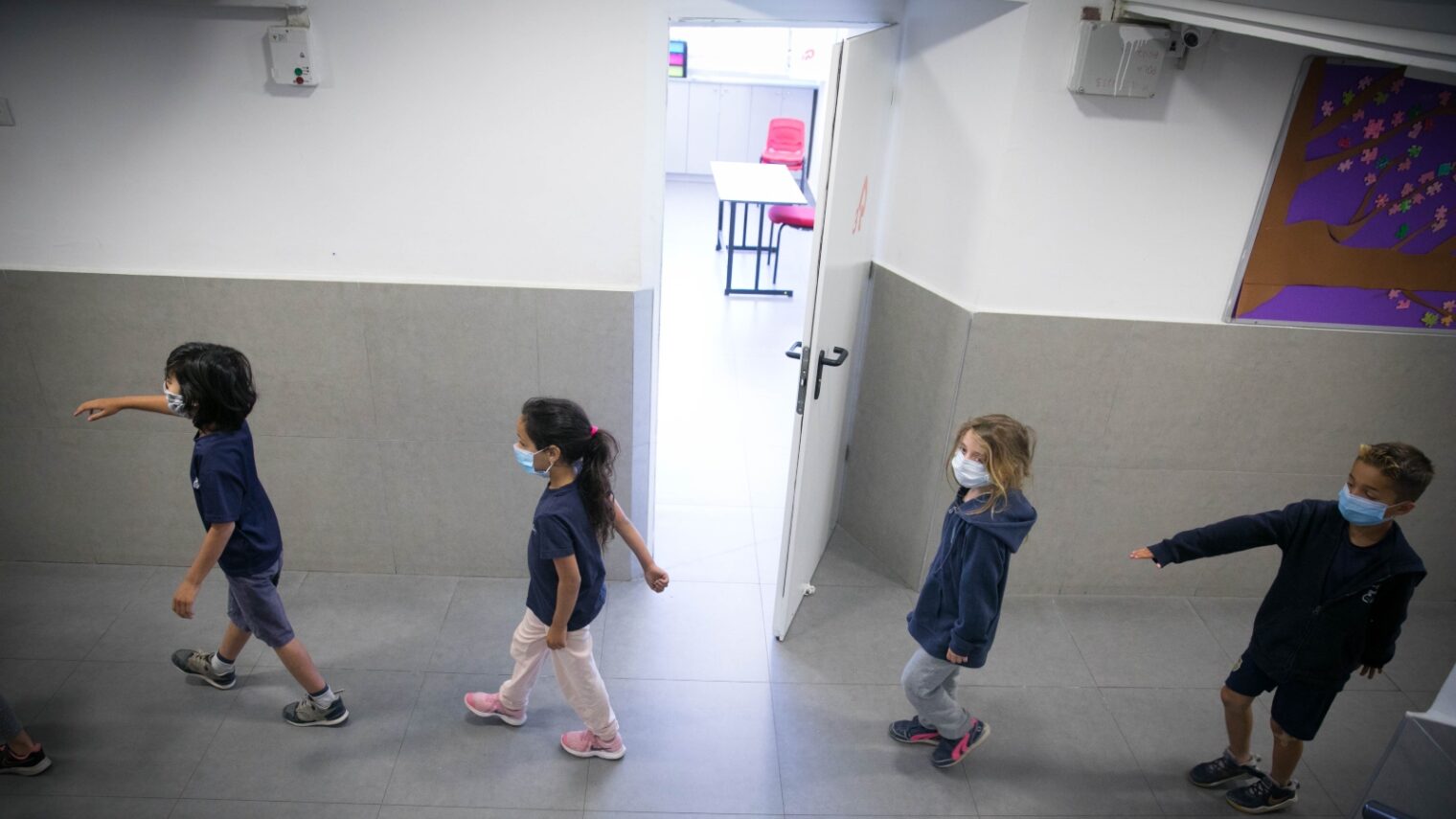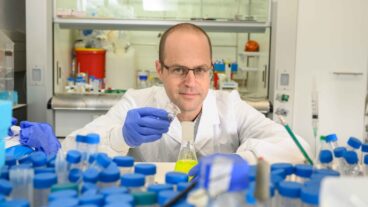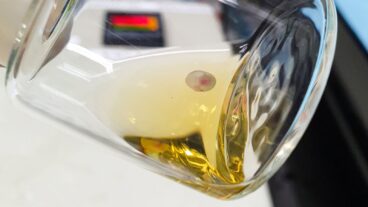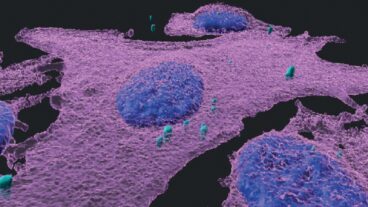The biggest worry as we start emerging from isolation in the Covid-19 pandemic: How do we return to schools and businesses without triggering a fresh outbreak?
In many ways, this is a numbers game. In Israel, we’re seeing some strong reentry strategies coming from mathematicians. Their recommendations aren’t only for their home country.
On May 11, the New York Times featured an opinion piece, “10-4: How to Reopen the Economy by Exploiting the Coronavirus’s Weak Spot,” by Weizmann Institute of Science computational and systems biology professors Uri Alon and Ron Milo and Tel Aviv University economist Prof. Eran Yashiv.
Their proposed “10-4” cyclical routine is built around the three-day window between the time a person becomes infected with the novel coronavirus and the time that person can infect others.
People would go to work or school for four days a week every two weeks, followed by 10 days of home lockdown. Ideally, the population would be split into two groups alternating weeks, with children and parents going to work and school on the same four days.
“Models we created at the Weizmann Institute in Israel predict that this two-week … 10-4 cycle could suppress the epidemic while allowing sustainable economic activity,” they explain.
Intermittent lockdown
In late March, Weizmann’s Alon first proposed the intermittent lockdown idea.
“Think of dieting. You can fast for two months and lose weight, but you will probably die. Even if you survive, you will quickly gain weight again. Similarly, a two-month lockdown will suppress the coronavirus, but it will kill the economy. Lockdown will push hundreds of millions of people globally into unemployment and poverty,” Alon said.
“At the end of each lockdown, remaining patients will cause a resurge in the epidemic, forcing another lockdown. This is the well-known yo-yo effect, with the number of coronavirus patients going up and down. At the same time, the global economy will be hit hard and hundreds of millions will go hungry. When the dust settles, more people will have died of hunger than of the coronavirus.”
An epidemiological model developed by Alon with graduate students Omer Karin and Yael Korem-Kohanim and senior engineer Boaz Dudovich suggested five days of lockdown and two days of work every week –or even better, a four-day work/10-day lockdown cycle.
“In this way, the number of people infected by each infectious person drops below one – the magic number that causes the epidemic to decline,” he said.
Alon suggested that the intermittent lockdown continue until the epidemic is contained through sufficient testing, effective treatment or a vaccine.
“Our main message is to open up the discussion on lockdown and point out that a well-designed smart lockdown strategy can suppress the epidemic and sustain the economy.”
Click here to read a paper by Alon and colleagues from Weizmann, Tel Aviv University and Ben-Gurion University.
Invisible spreaders
Alternating lockdowns also are championed by Bar-Ilan University Prof. Baruch Barzel, principal investigator of the university’s Data Science Institute and Gonda Multidisciplinary Brain Research Center.
The Barzel lab’s mathematical model calls for the general population to be split into two groups. Each group would alternate between lockdown and routine activity in weekly succession.
He says the combination of isolating virus spreaders and keeping up protective behaviors can help defeat the virus while sustaining socio-economic activity at a 50% level.
The main advantage of this strategy is that it isolates not just the sick, but also the majority of presymptomatic or asymptomatic “invisible spreaders.”
Barzel explained: “Consider an individual who became infected during their active week. They are now in their pre-symptomatic period – the most dangerous stage, in which they are invisible spreaders. According to the alternating lockdown routine, they are now scheduled to enter their lockdown phase.”
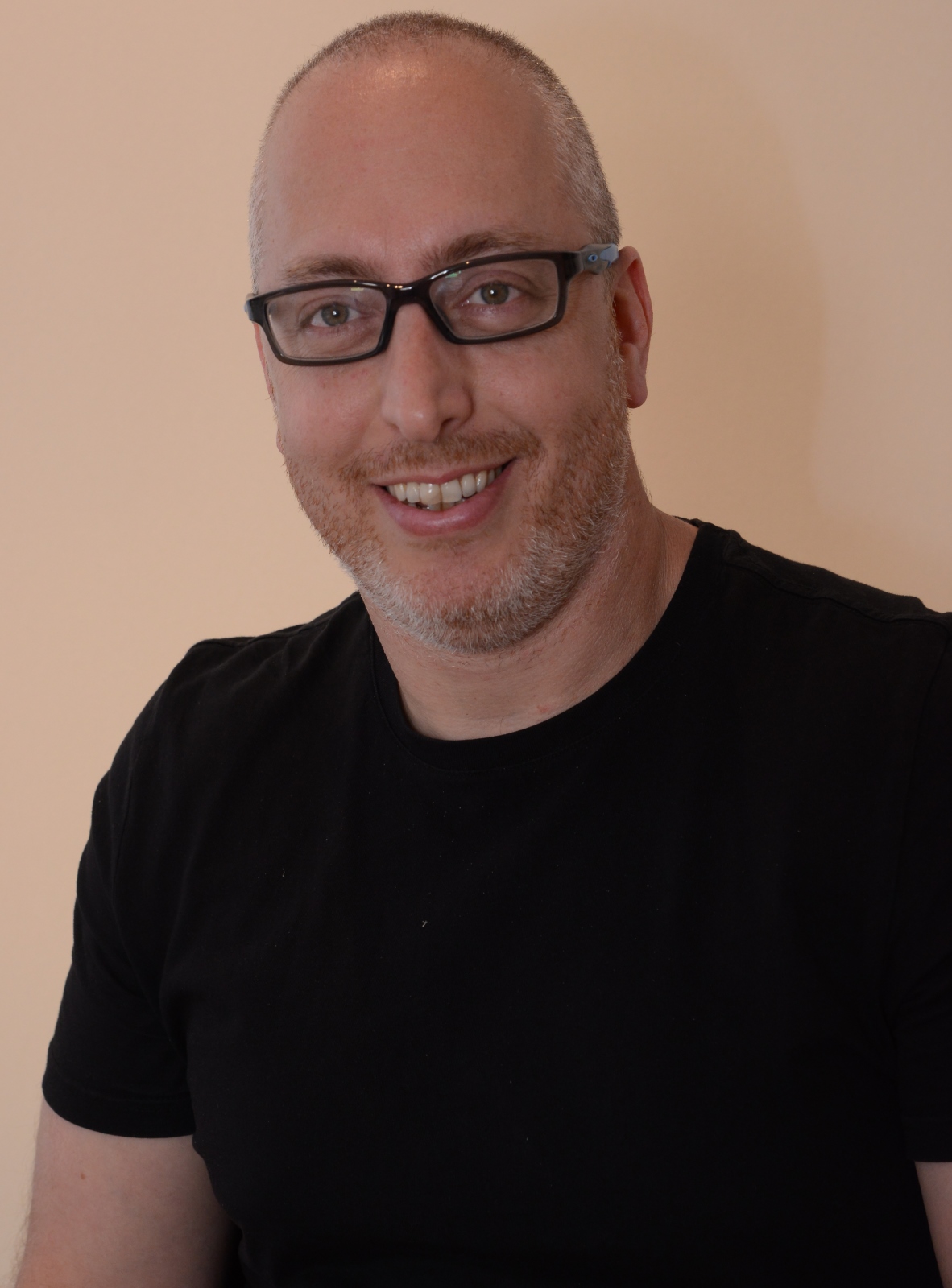
During their week at home, he reasons, invisible spreaders will most likely begin to exhibit symptoms and remain in isolation until full recovery.
“If following a week of lockdown they show no symptoms, they are most likely uninfected and can partake in social and professional activities during their active week.”
The Bar-Ilan simulation suggests that if the proportion of “defectors” – people who continue to be active during their lockdown phase or who hold essential positions and cannot be under lockdown – is kept at under 30%, viral spread could still be overcome.
Easy to enforce?
Milo says a cyclical work-lockdown strategy is equitable, easy to understand and easy to enforce as part of a comprehensive exit strategy.
He suggests that countries try an alternating lockdown strategy as a pilot on a small scale in limited regions for a defined period of time – say, a month — and then reassess.
“We are in touch for example with officials in Peru who are interested in performing such a pilot study,” he tells ISRAEL21c.
“If infection rates grow, it can be adjusted to fewer workdays. Conversely, if things are going well, additional workdays can be added. In certain scenarios, only four or five lockdown days in each two-week cycle could still prevent resurgence. While it will be difficult to do for very long, the alternative of going back to full lockdown for an unknown length of time might be much worse.”
Milo recently headed a project to organize the flood of coronavirus information in an orderly framework. He worked with Weizmann grad student Yinon Bar-On and US colleagues from Caltech and Berkeley.
After consolidating hundreds of findings about SARS-CoV-2, the novel coronavirus that causes Covid-19, the foursome revealed that the virus is 96% identical to a coronavirus genome that infects bats, 91% identical to a coronavirus genome that infects scaly anteaters (pangolins), 80% identical to the SARS virus, 55% identical to the MERS virus and 50% identical to the coronavirus that causes common colds.
They also uncovered some good news: The virus’s mutation accumulation rate is relatively slow compared to influenza viruses. Milo said he’s cautiously optimistic that drugs and vaccines developed against Covid-19 will therefore prove durable in curbing outbreaks.




